Design Your Food Forest, One Layer at a Time
Build a resilient, productive landscape using nature’s blueprint. Browse plants by food forest layer—Canopy, Understory, Groundcover, Vine, Root, and Aquatic—to create a thriving, multi-layered ecosystem.
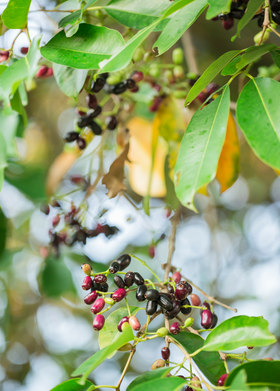
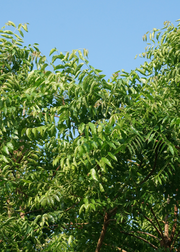
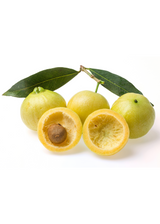
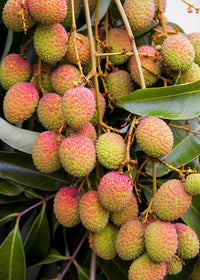
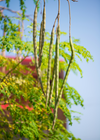
CANOPY LAYER
Towering Trees That Anchor Your Food Forest
Shop large, fruiting trees that form the protective canopy of your food forest. These tall species provide shade, structure, and seasonal harvests—ideal for food forest designs and permaculture systems.

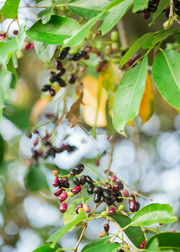
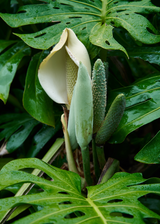
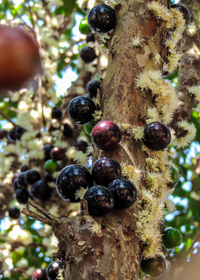
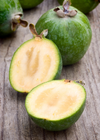
UNDERSTORY LAYER
Compact Trees and Shrubs for Layered Yields
Discover smaller fruit trees, berries, and shrubs that thrive in partial shade under taller trees. Perfect for adding biodiversity, beauty, and multi-level productivity to your food forest.
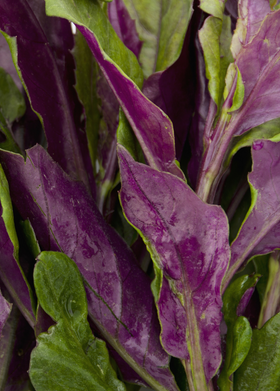
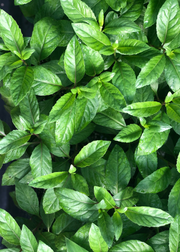

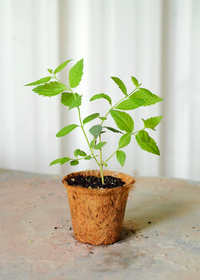
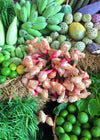
HERBACEOUS LAYER
Soft-stemmed Herbs that Nourish, Heal, and Attract Life
Fill your food forest with fragrance, flavor, and function. The Herbaceous Layer includes perennial and annual herbs, leafy greens, and soft-stemmed plants that grow between the groundcover and shrub layers. These vibrant, fast-growing plants attract pollinators, offer culinary and medicinal value, and add biodiversity to your ecosystem.


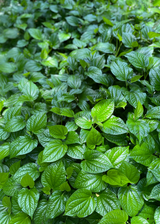
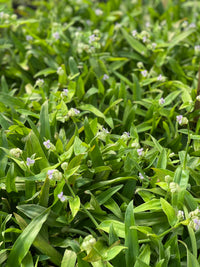
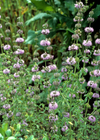
GROUNDCOVER LAYER
Spreading Herbs and Edibles That Blanket the Soil
Find low-growing plants that cover and protect the soil, retain moisture, and suppress weeds. Choose from culinary herbs, nitrogen fixers, and edible groundcovers for living mulch and harvestable greenery.
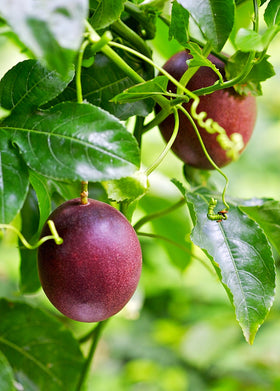
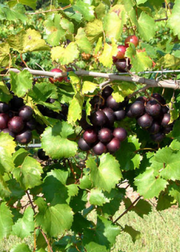

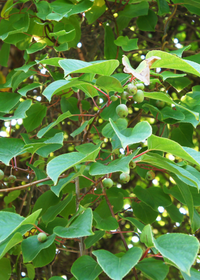
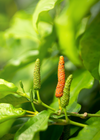
VINE LAYER
Climbing and Vining Plants for Vertical Abundance
Explore passionfruits, beans, and other vining plants that climb upward or sprawl across the landscape. These space-saving producers bring vertical interest and maximize your food forest’s harvest.
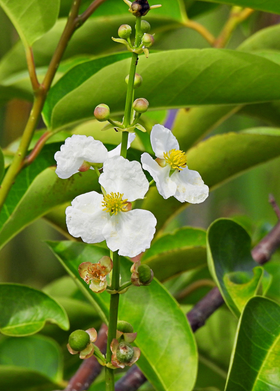
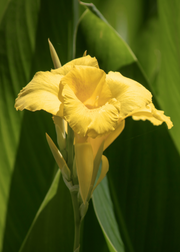
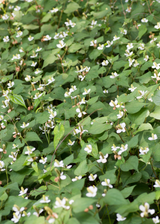

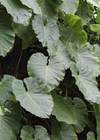
AQUATIC LAYER
Water-Loving Plants for Ponds, Swales & Wet Spots
Shop plants that thrive in or near water, ideal for wetland edges, swales, and ponds in permaculture designs. Includes edible, medicinal, and habitat-building species for aquatic zones.
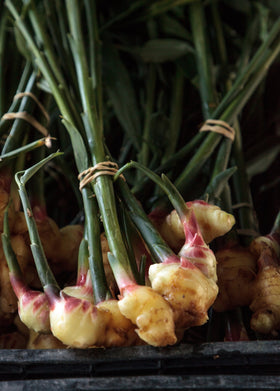
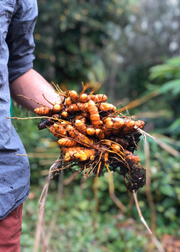
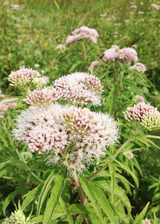
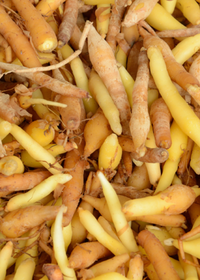

ROOT LAYER
Edible Roots and Rhizomes That Grow Below
Uncover nutrient-rich plants like gingers, taro, and horseradish that form the root layer of your food forest. These underground treasures are ideal for edible diversity and soil health.

